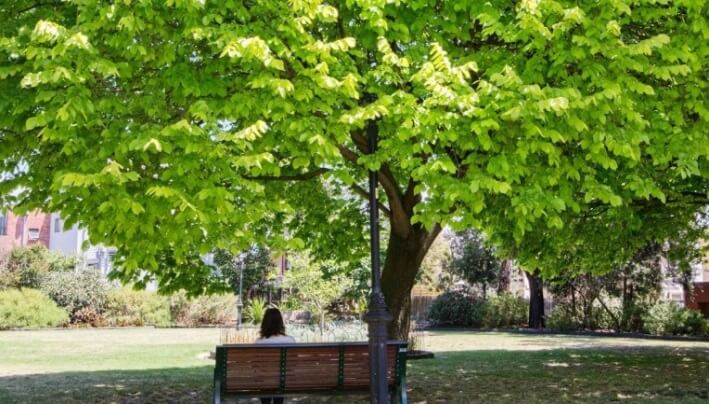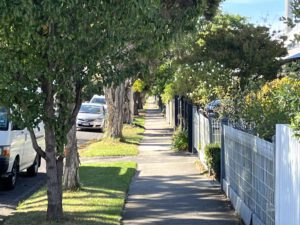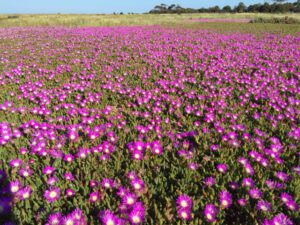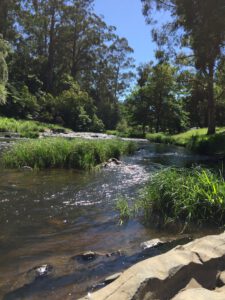Launched 5 June 2019 – World Environment Day
Our Urban Metropolitan Forest
Living Melbourne: our metropolitan urban forest is a bold new strategy for a greener, more liveable Melbourne.
Living Melbourne presents a transformative approach to respond to urban challenges with nature that aims to create a profound shift in the way we think about, value and grow Melbourne into the future.
Strategy & Reports
Living Melbourne comprises Three parts:
Why does Melbourne need an urban forest strategy?

Changes in urban form, a growing population and climate change – including increasing urban heat – leave Melbourne’s greenery vulnerable, and could severely compromise the benefits derived from urban nature like cleaner air and water, reduced heat and habitat for wildlife.
Melbourne needs a plan to reverse this current and future decline and sustain Melbourne’s liveability for people and nature, across the entire city and its suburbs.
Building resilience in the face of urban challenges
The integration of natural spaces in the urban environment helps solve important problems and improves the daily lives of a diverse and growing urban population.
Recent Projects

Value analysis of urban greening on private land
A common understanding of the full range of values and benefits provided by green infrastructure on private land

